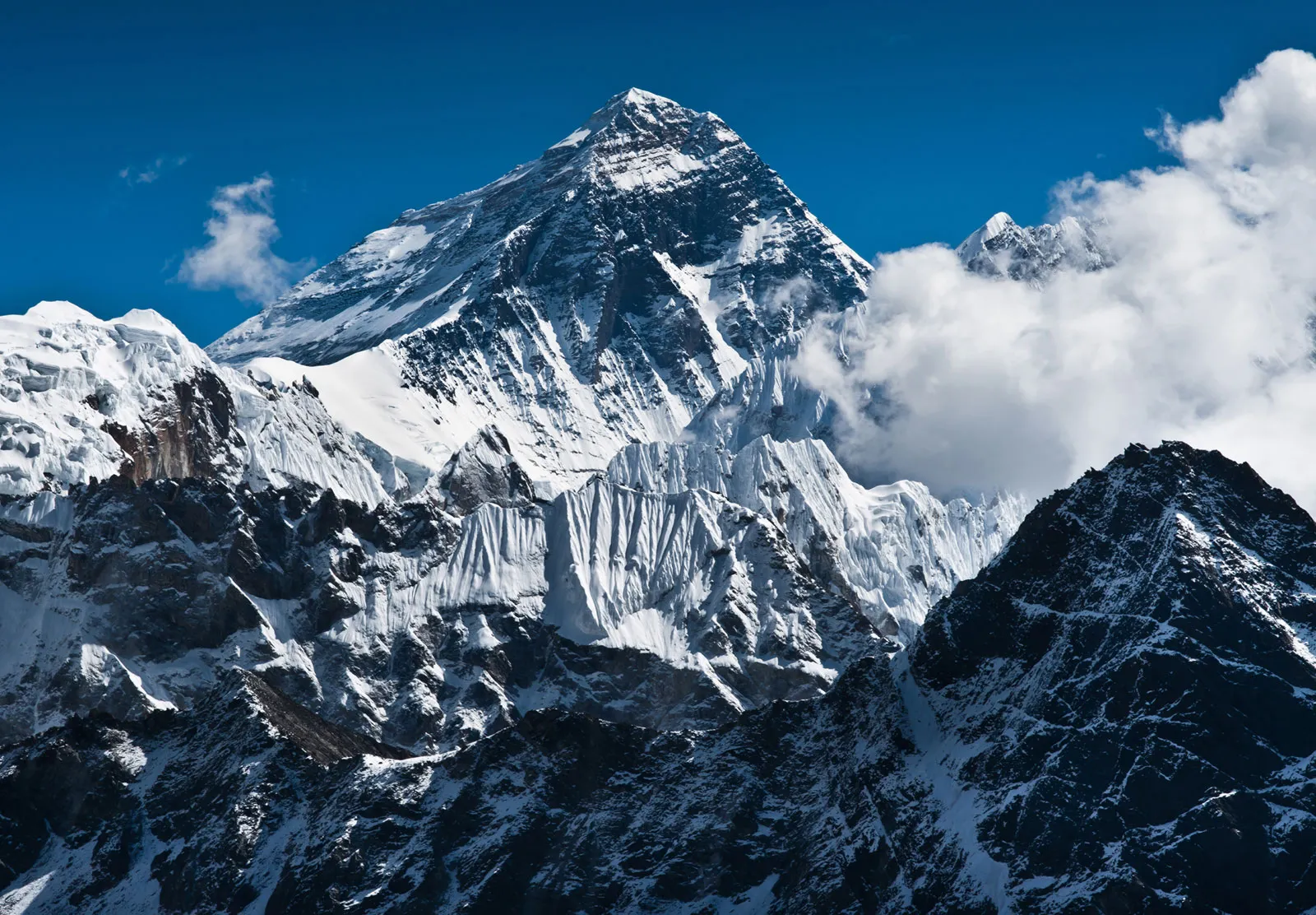
MOUNT EVEREST CLIMBER’S REMAINS BELIEVED TO BE FOUND AFTER 100 YEARS
A documentary team uncovered human bones on Mount Everest that appear to belong to a man who went missing while attempting to summit the peak 100 years ago, National Geographic magazine said Friday.
Climate change is reducing the snow and ice in the Himalayas, exposing the bodies of mountaineers who perished chasing their dream of climbing the world’s highest peak.
Andrew Irvine, a Briton, and climbing partner George Mallory went missing in 1924 while attempting to be the first to reach Everest’s summit, 8,848 meters (29,029 feet) above sea level.
Mallory’s body was located in 1999, but information concerning Irvine’s fate remained elusive until a National Geographic team uncovered a boot still covering the remains of a foot on the peak’s Central Rongbuk Glacier.
According to the magazine, they discovered a sock with “a red label that has A.C. IRVINE stitched into it” upon closer investigation.
The discovery could provide additional clues as to the location of the team’s personal possessions, as well as aid in answering one of mountaineering’s most lasting mysteries: whether Irvine and Mallory ever reached the summit.
This could establish Irvine and Mallory’s status as the first to successfully ascend the peak, over three decades before Edmund Hillary and Tenzing Norgay reached the summit in 1953.
“It tells the whole story about what probably happened,” Irvine’s great-niece Julie Summers told National Geographic.
Members of the Irvine family reportedly offered to share DNA samples to help determine the identity of the remains.
Irvine was 22 when he disappeared.
He and Mallory were last seen by a member of their expedition on the afternoon of June 8, 1924, after they began their last ascent to the summit that morning.
Irvine is thought to have been carrying a vest camera, the discovery of which could change climbing history.
Photographer and director Jimmy Chin, a member of the National Geographic crew, says the discovery “certainly reduces the search area” for the elusive camera.
More than 300 people have perished on the mountain since expeditions started in the 1920s.
Some are hidden by snow or swallowed down deep crevasses.
Others, still in their colourful climbing gear, have become landmarks en route to the summit and bestowed with gallows humour nicknames, including “Green Boots” and “Sleeping Beauty”.
AFP
![]()
